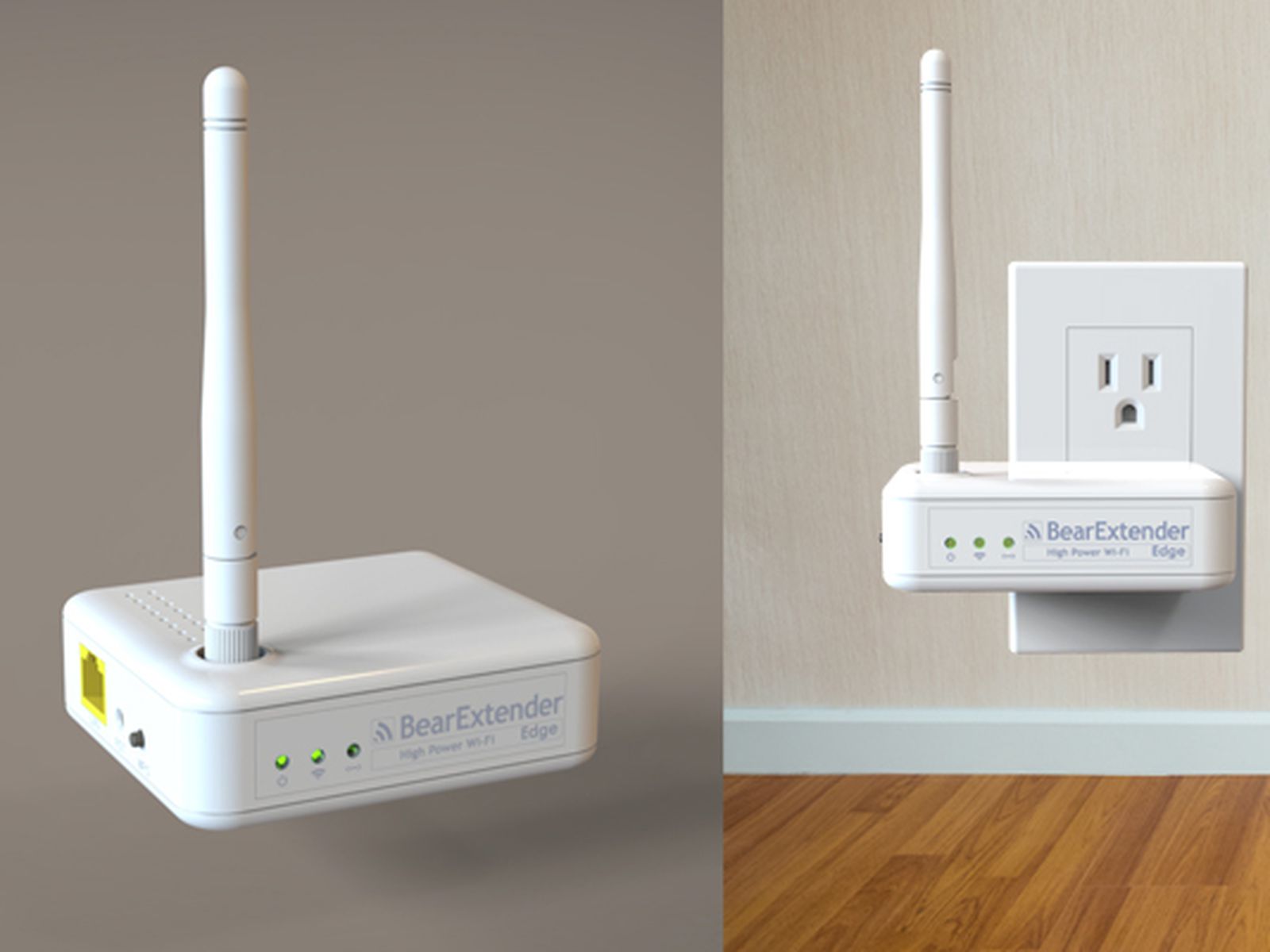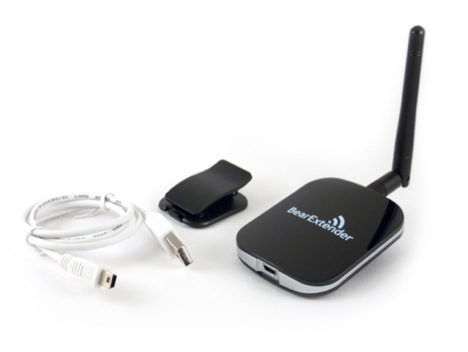

- #BEAREXTENDER MINI FOR MAC 2012 MOVIE#
- #BEAREXTENDER MINI FOR MAC 2012 720P#
- #BEAREXTENDER MINI FOR MAC 2012 UPGRADE#
- #BEAREXTENDER MINI FOR MAC 2012 PRO#
We therefore wanted to also test to see if the BearExtender could offer users improved performance at long distances, allowing for more flexibility in home network setups. The BearExtender Turbo has dual antennas that look like they could be more capable than the integrated antennas in MacBooks. That’s still about 19 percent faster than 802.11n at 5GHz, but it’s a much smaller advantage in this test.

#BEAREXTENDER MINI FOR MAC 2012 MOVIE#
While the 4.45GB movie transferred at an average of 435 megabits per second with native 802.11ac, it only managed about 263 megabits per second with the BearExtender Turbo. Here, the BearExtender Turbo starts to reveal some limitations. As before, all tests were performed three times and the results were averaged to form the chart below.
#BEAREXTENDER MINI FOR MAC 2012 720P#
We used the iTunes HD 720p version of 2009’s Star Trek to test bandwidth in megabits per second. The BearExtender Turbo can’t quite match native 802.11ac performance, but it offers an impressive improvement over 802.11n speeds.Īnother common task is the transfer of large files, such as videos. In this real-world scenario, the same pattern as the JPerf test is revealed. The results reported in the chart below are the average number of seconds from all attempts for each configuration. The transfer was performed three times for each network configuration and timed with a stopwatch. This folder was placed on the MacBook Air’s SSD drive and copied via AFP to the Mac Pro, which was wired directly to the AirPort router. We set up a folder of 1,000 JPEG images of approximately 3MB each. We therefore sought to test several real-world scenarios as well.Ī common activity on a local network is the transfer of small files, such as images, from one computer to another, or to a backup NAS device. While interesting, however, these tests represent the maximum synthetic performance from a given setup, and not the kind of speeds that an average user could expect. In these configurations, the BearExtender was connected to the MacBook Air via USB 3.0.Īs you can see, the BearExtender Turbo is not a perfect substitute for native 802.11ac – the native chip is about 17 percent faster – but it does offer a large improvement over 802.11n speeds. These tests were performed with the 2013 MacBook Air, and we looked to compare 802.11n performance (in both the 2.4GHz and 5GHz bands), the Air’s native 802.11ac performance, and the BearExtender Turbo.
#BEAREXTENDER MINI FOR MAC 2012 PRO#
Our testing equipment included a 2011 15-inch MacBook Pro (without 802.11ac), a 2013 13-inch MacBook Air (with 802.11ac), a 2013 Mac Pro to act as the server for our transfer tests, a 2013 802.11ac AirPort Time Capsule, and a 5th Generation 802.11n AirPort Extreme.įirst, let’s start off with JPerf, a bandwidth testing tool that gives us maximum bandwidth results for a given configuration. To determine how well the BearExtender Turbo performs, we set up a series of tests to measure bandwidth in both synthetic and real-world terms. The official measurements given by BearExtender list 3.5 inches wide, by 2.2 inches deep, by 0.4 inches tall (not including antennas). The device itself is tiny, with a footprint just a hair longer than a standard sized credit card.

#BEAREXTENDER MINI FOR MAC 2012 UPGRADE#
With the ability to upgrade a Mac’s internal Wi-Fi card a practical impossibility, the BearExtender Turbo’s goal is to bring that same 802.11ac capability to an older Mac via USB. The BearExtender Turbo is an $80 USB device that contains an external 802.11ac chip and antennas. Read on for our impressions, benchmarks, and pictures. The company loaned us a unit for review, and we’ve spent the last few weeks putting it through our testing process.

Thankfully, the new BearExtender Turbo is here to offer at least some of these owners a novel solution, and the promise of near-native 802.11ac speeds. While new Mac owners with a prerequisite 802.11ac router can enjoy all of 802.11ac’s benefits, the millions of Mac owners with pre–2013 models have been left out in the cold.


 0 kommentar(er)
0 kommentar(er)
